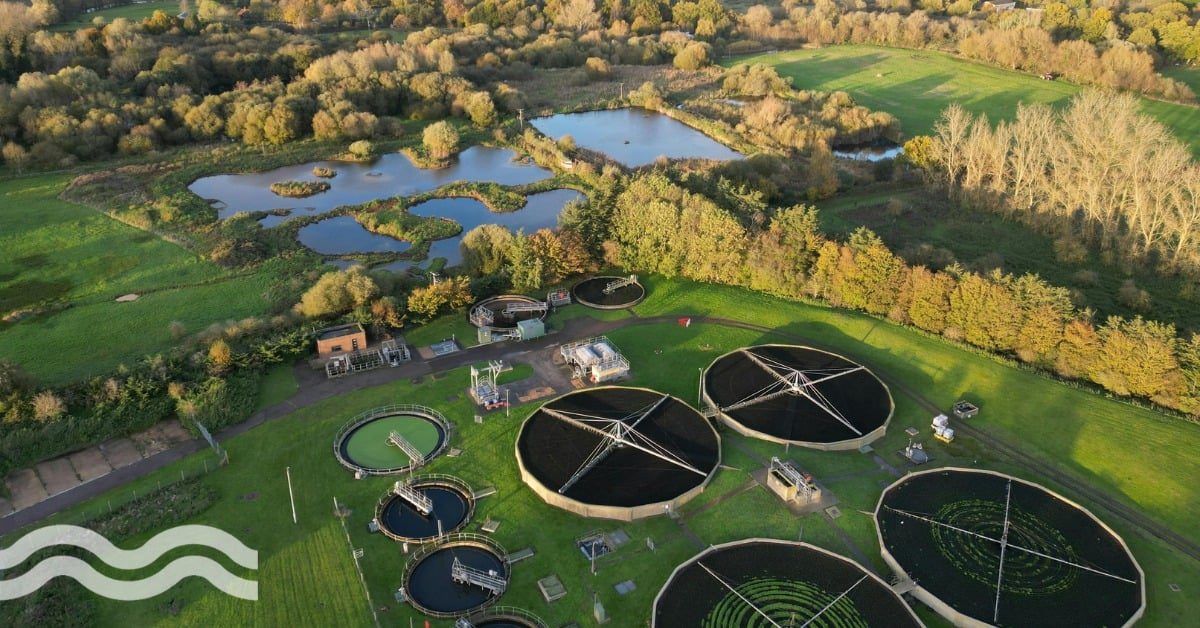Unlocking water conservation through the circular economy in construction

The World Green Building Council (WorldGBC) and its network of over 75 Green Building Councils have launched a critical guide for the global building and construction sector to accelerate the adoption of circular economies worldwide, in which water conservation plays a part.
Promoting water efficiency
The WorldGBC guide is calling on the construction sector to protect water resources by promoting water efficiency and quality at all stages of the building lifecycle and include water use within the reporting conducted during a building’s construction and operation phases.
It said building owners, design teams and contractors have the responsibility to target and adopt a net-zero water approach for all stages of building construction. Buildings should be designed to minimse total water consumption, maximise alternative water sources and minimise wastewater discharge from the building and return water to the original source, the guide stated.
Water neutral buildings and nature-based solutions
Net-zero water buildings aim to reduce freshwater consumption to zero through the use of various water-saving techniques, such as greywater reuse, rainwater harvesting, on-site wastewater treatment, and other innovative water conservation technologies. They use only as much water as they can collect, harvest or recycle on their premises and have various benefits.
These buildings help create a self-sustaining water supply, which promotes local water management and saves money, while also reducing water waste and the carbon footprint of the building. Investing in net-zero water buildings can also result in a higher market value due to the increased demand for sustainable buildings.
“Nature-based solutions should be integrated into climate resilience measures.”
The guide noted that the construction sector should take its inspiration from nature. It said there is an opportunity to enhance natural capital by supporting Nature-Based Solutions (NBS). NBS are sustainable planning, design, environmental management and engineering practices that weave natural features or processes into the built environment to promote adaptation and resilience.
“A circular built environment aims to integrate nature-based solutions in order to close resource loops and reduce new resource consumption,” the guide said.
NBS should also be integrated into climate resilience measures, the guidance suggested. Notably in coastal locations; by using vegetation the shoreline was stabilised, soil erosion was reduced and the risk of flooding was minimised whilst safeguarding ecosystem services and allowing nature to regenerate and thrive.
Challenges in building a circular economy
The guide concludes that there are some unavoidable barriers to be faced in the designing and constructing of circular assets for the regeneration of nature. These include: knowledge gaps regarding the long-term effectiveness of nature-based and regenerative solutions for climate change mitigation and adaptation, measures to ensure that other unwanted social and environmental consequences are avoided over the long-term and finally financing and funding.
Cities often lack funds, potentially as a result of the structure of municipal revenues and spending. A report by the Organisation for Economic Co-operation and Development (OECD) highlights the role private investments can play to fill funding gaps provided certain conditions are met.
The WorldGBC is clear, however, that changes need to be made.
“It is clear that if we want to secure a future for our planet and people, then we cannot keep going on this path of consumption and waste,” said Cristina Gamboa, CEO of WorldGBC.
“That’s why our network is taking action to increase awareness and accessibility of circular economy solutions, by guiding all stakeholders towards sustainable, circular decision-making. The need for a circular built environment has never been more important.”
More information and a copy of the Circular Built Environment Playbook can be found here.


